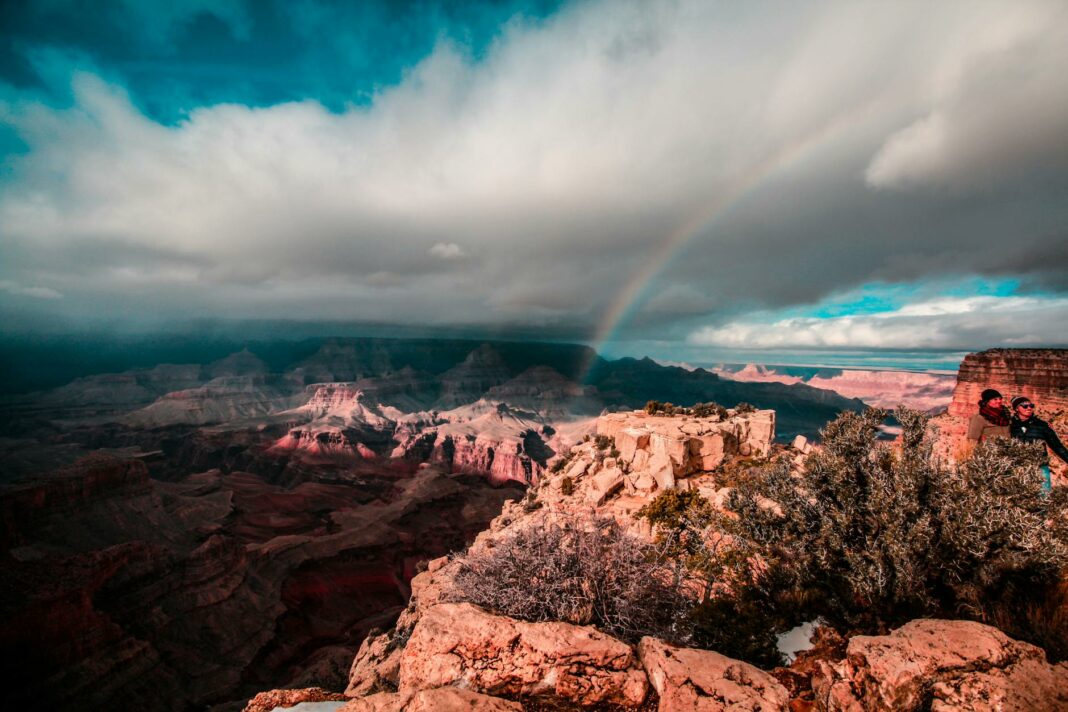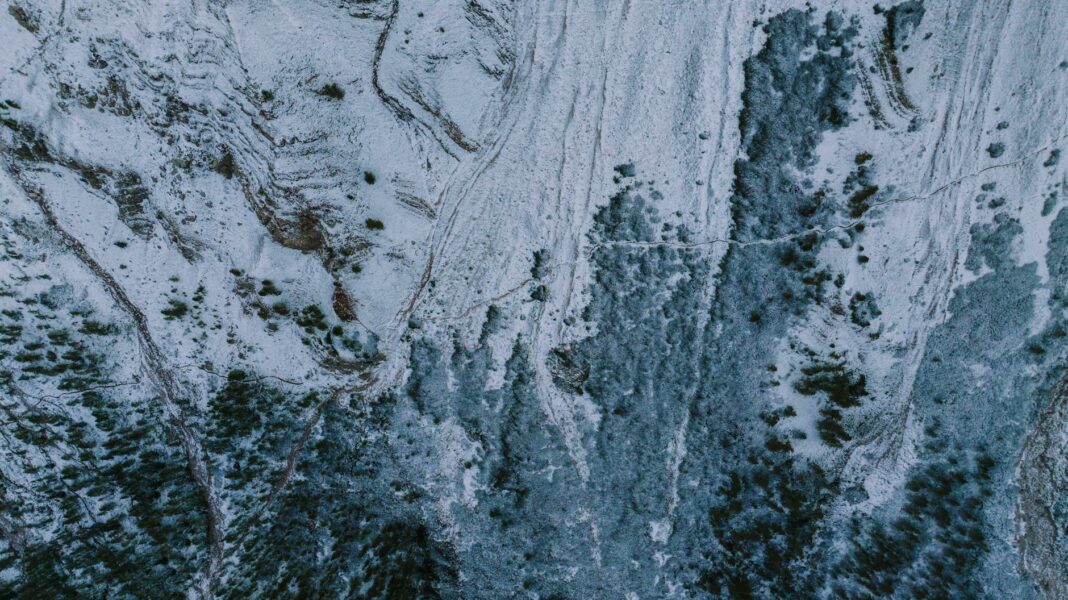Table of Contents
- Death Valley, California
- Zabriskie Point, California
- Sahara Desert, Africa
- Atacama Desert, Chile
- Namib Desert, Namibia
Introduction
Desert destinations often evoke images of scorching sun and endless dunes, but what if these arid landscapes held surprises in weather that defy expectations? Journey with us as we explore five of the most intriguing desert locales where the climate can shift dramatically, adding layers of wonder to the already breathtaking scenery. Each of these unique places offers weather wonders that leave explorers captivated and eager for more, beckoning adventurers to delve deeper into their extraordinary conditions.
Embracing the unexpected can be the essence of true adventure, and these desert gems are prime examples. From the icy chills of higher elevations to sudden storms that paint the sky in various shades of drama, these surprising weather patterns transform otherwise predictable environments. Prepare to be amazed as we uncover the hidden meteorological marvels of desert destinations that break the mold in spectacular fashion.
Death Valley, California
Death Valley is often portrayed as the epitome of heat, boasting record-high temperatures that seem uninhabitable. Yet, there’s more to this iconic location than meets the eye. As visitors explore this vast expanse, they may encounter unexpected weather patterns, especially during the winter months. Miraculously, temperatures can drop to near freezing at night, revealing a serene, starlit sky that takes your breath away. Furthermore, when seasonal rains sweep through the valley, the seemingly barren landscape springs to life with vibrant wildflower blooms, transforming what appears to be a desolate patch of land into a colorful tapestry of nature’s resilience.
This surprising phenomenon is often referred to as a “super bloom.” Visitors become enchanted when they witness fields of gold and purple bursting forth from the arid ground, testifying to the power of Mother Nature in one of the hottest places on Earth. Beyond the beauty of the flora, the contrasting cold and heat create a unique environment, accented by rolling sand dunes and rugged mountains. So, while Death Valley may earn its title for extreme temperatures, the reality is that it comes with a treasure trove of atmospheric surprises that leave travelers in awe.
Zabriskie Point, California
Located in Death Valley National Park, Zabriskie Point presents a remarkable blend of visual splendor and surprising temperature variations. It features a panoramic view of unique geological formations reminiscent of a painter’s palette. That said, the true surprise lies in the weather. While many imagine a relentless sun, early mornings often greet visitors with a gentle chill that invites them to cherish the tranquility of the dawn. The interplay of shadow and light upon the colorful hills creates an idyllic scene perfect for photographers and nature enthusiasts alike.
As the sun rises higher, temperatures can soar to discomforting levels, yet just a few hours prior, the cool dawn air provides a tantalizing contrast. Collectively, these patterns allow for an experience that consistently evolves, delighting the senses. A unique aspect of Zabriskie Point is its capacity to surprise and enchant, reminding visitors that desert ecosystems are as dynamic as they are beautiful. Preparing for a range of conditions is essential, allowing explorers to fully appreciate the shifting views and weather.
Sahara Desert, Africa
The Sahara Desert, the world’s largest hot desert, boasts a remarkable range of climates across its vast expanse. While the scorching sun often dominates perceptions, the reality is that temperatures can plummet significantly during nighttime. Travelers journeying through this majestic landscape often find themselves shivering unexpectedly beneath a blanket of stars, illustrating the desert’s unforgiving nature. Yet, this juxtaposition of extreme heat by day and chill by night makes for an exhilarating experience amidst breathtaking sunsets and sunrises.
Rainfall, though rare, can also create startling transformations in the Sahara. Turbulent storms usher in a refreshing change, igniting sudden bursts of life that ripple through the oasis and surrounding areas. The sight of lush greenery and blooming flowers springing up after rain amidst sandy dunes is nothing short of magical. Such unpredictable weather patterns create a vibrant living tapestry, showcasing the Sahara’s rich beauty, surprising each traveler fortunate enough to witness its dualities.
Atacama Desert, Chile
Renowned as the driest non-polar desert on the planet, the Atacama Desert seems to defy the norms of what a desert should be. Despite its reputation for hyper-aridity, it can also be a stage for unusually rare meteorological events. Visitors might be taken aback when they see how occasionally, out-of-season rains transform the arid expanses into a kaleidoscope of wildflowers—a phenomenon known as the “desert bloom.” This short-lived burst of color calls attention to the adaptability of nature and the resilience of life even in the harshest conditions.
Additionally, the unique geography and altitude of the Atacama allow for stark contrasts in its microclimates. Travelers can experience sunshine at lower elevations while colder, cloudier weather awaits just a few thousand feet up. These shifts not only herald surprises in weather but also offer adventurers diverse ecosystems and breathtaking views of the Andes mountains. The Atacama Desert redefines expectations, proving that even in the driest places on Earth, a magic awaits those willing to embrace the unexpected.
Namib Desert, Namibia
The Namib Desert is legendary for its towering dunes and rugged canyons, but a closer look reveals its intricate weather patterns. One of the most astonishing features is the fog that often blankets the area during the cooler months. This phenomenon, known as coastal fog, emerges when moist air from the Atlantic Ocean streams inland, resulting in atmospheric drama that transforms the landscape into a surreal dream. Wanderers strolling through the ethereal mist may discover a unique beauty, where the familiar dune shapes merge with the soft contours of fog, creating an otherworldly ambiance that feels alive with possibilities.
Moreover, despite its reputation for aridity, the Namib can unexpectedly present thrilling thunderstorms. These storms illuminate the sky and nourish the land, adding to the beauty of the already striking scenery. Such moments allow visitors to witness the power and grace of nature at play, where the Namib’s harshness is tempered by countless surprises. The resulting palette of colors and textures reflects a dynamic ecosystem that beckons curious souls to explore its mystery, ensuring the Namib Desert is a place brimming with vigor and enchantment.
Embrace the Unexpected
Each desert destination discussed reveals the splendor of surprising weather wonders that elevate their landscapes from ordinary to extraordinary. By veering away from preconceived notions, travelers are reminded of the richness these environments hold. Embracing unpredictability ultimately leads to unforgettable experiences, transforming each journey into a celebration of nature’s incredible power and beauty. So, pack your bags and set out for an adventure—you might just find that the weather unveils treasures you never anticipated.
Frequently Asked Questions
What is the best time to visit desert destinations?
The best time to explore desert environments typically varies by location but usually falls during the cooler months, such as autumn or spring. These periods prevent extreme heat, allowing visitors to enjoy activities without discomfort.
Can sudden storms occur in these deserts?
Absolutely! Unexpected storms can occur in various deserts, often resulting from changes in temperature or moisture levels. These storms can be both exhilarating and transformative, dramatically altering the scenery.
Are there safety concerns when handling unexpected weather?
Yes, safety is paramount. Visitors should always check weather forecasts, carry appropriate gear, and be prepared for swift changes to ensure a safe and enjoyable expedition in the desert.
How does night weather differ from daytime?
Many deserts experience substantial temperature drops at night. This shift can lead to chilly conditions that require warmer clothing, creating a distinct contrast to the heat of the day.
Image Credit: Pexels





